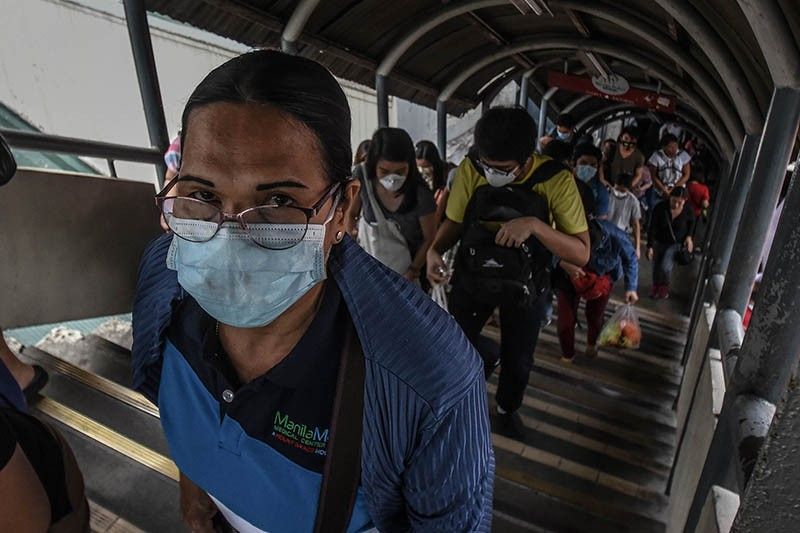Philippines shifts from ASEAN darling to worst economic performer

MANILA, Philippines — The Philippines may not be alone on suffering an economic downturn because of the pandemic, but the decline in the local economy is by far the worst, at least compared with neighboring developing countries.
That observation is true both for the second quarter and the first half of the year, a period marked by intense lockdowns here and abroad as policymakers shifted priorities to contain a deadly coronavirus disease-2019 (COVID-19).
From April to June, the Philippine economy shrank 16.5% year-on-year, the worst on available record dating back 1981.
The contraction of the local economy was worse than Indonesia’s 5.3% even as at the time, the latter was suffering from more COVID-19 cases. Indeed, even in that aspect, Manila on Thursday already surpassed Jakarta in the number of COVID-19 cases.
In the first half, Philippine’s economy contracted 9% year-on-year, also worse than Indonesia’s 1.2%.
Malaysia and Thailand are yet to report their official economic performance, but based on Bloomberg estimates, it appears Philippines would still be worse off than the two. According to the media firm, in data collated by the finance department, Kuala Lumpur is seen to have shrank 8.4% from April to June, while Bangkok likely slumped 11.1%.
From January to June, Malaysia is seen to have contracted 3.9% annually, while Thailand is projected to have slipped 6.5%. Among the two, Thailand has fully restarted its economy after being free of local virus transmission for a month.
Vietnam, hailed for its early pandemic win, was the outlier in the region so far. The developing nation that shares a border with China, where COVID-19 emanated, grew an annualized 0.4% in the second quarter and 2.1% for the entire six-month period as it became one of the first countries to relax prohibitions.
Beyond the region, the Philippines is likewise faring worse. Based on the same finance agency data, China managed to grow 3.2% on-year in second quarter, trimming down its first-half contraction to 1.8%.
One of the factors observers cited for the Philippines’ lackluster performance was the government’s resort to lockdowns as primary COVID-19 response. In fact, the Philippines had long surpassed China in the number of days of being in lockdown.
Based on Oxford University’s coronavirus stringency index, which gauges the extent and tightness of prohibitions, the Philippines topped China and ASEAN-5 in the scale of lockdowns even until June when the economy was initially reopened.
Last Aug. 4, President Rodrigo Duterte placed Metro Manila, Laguna, Rizal, Cavite and Bulacan under stricter movement restrictions anew, following calls from overworked and swamped healthcare workers. Finance Secretary Carlos Dominguez III said the fresh lockdown was a “difficult decision,” certain that the measure would create new disruptions to a slowly recovering economy.
Governor Benjamin Diokno of the Bangko Sentral ng Pilipinas agreed.
“The days of comprehensive, nationwide lockdown are over; they exact a heavy damage to the economy, jobs, livelihoods, and incomes. Henceforth, the focus of national leaders should be on more localized village level or building level containment,” Diokno said in a Viber message.
- Latest
- Trending





























